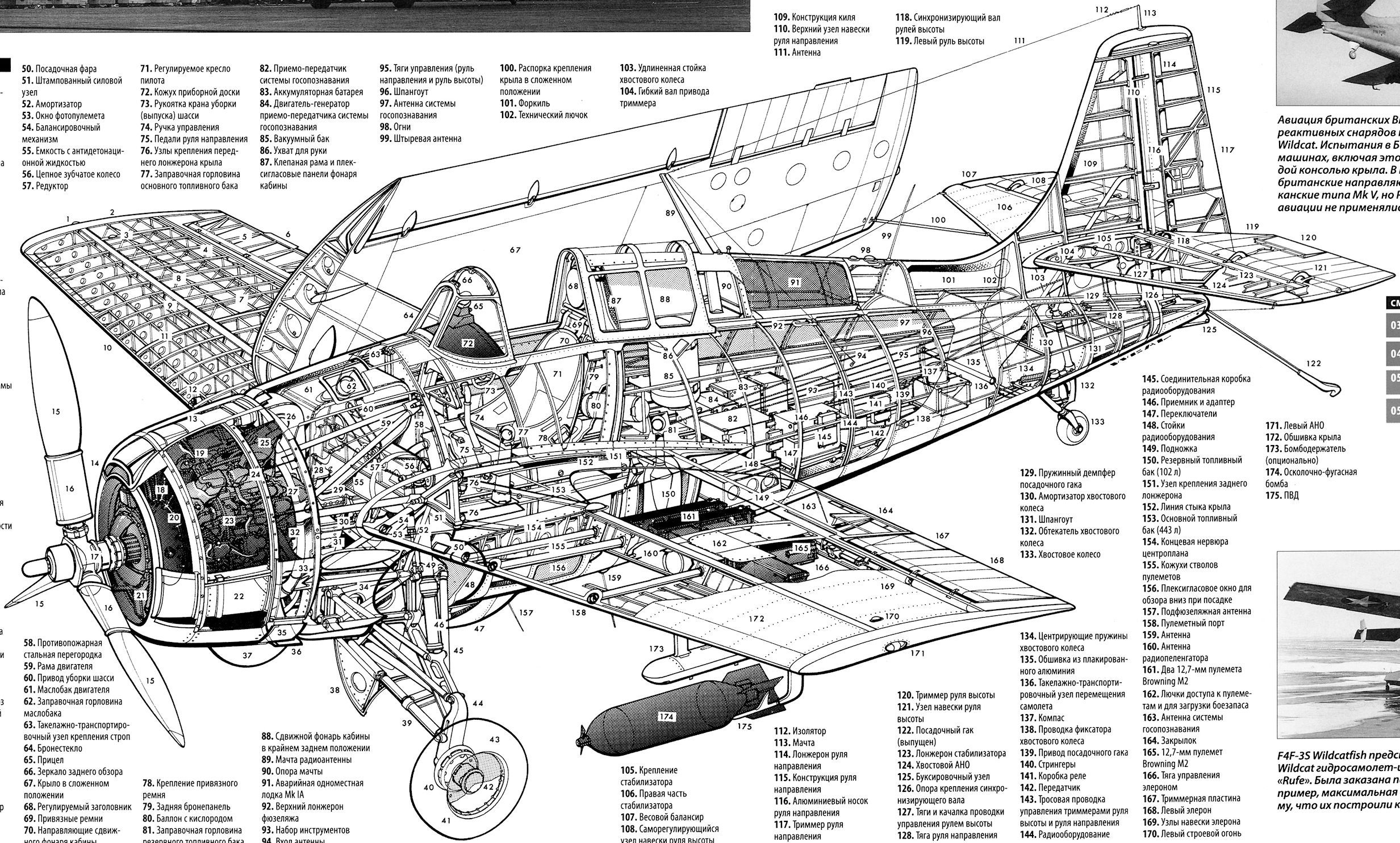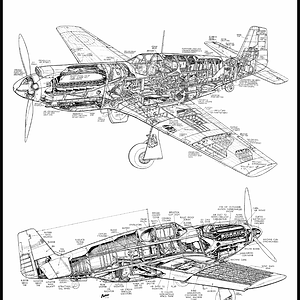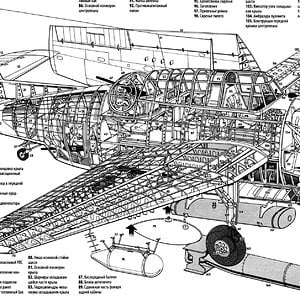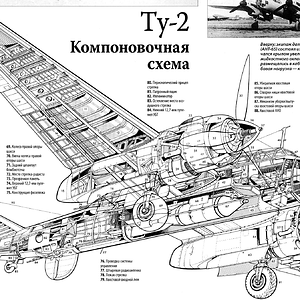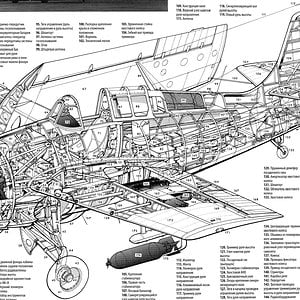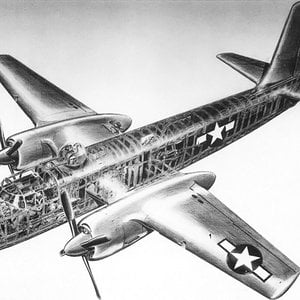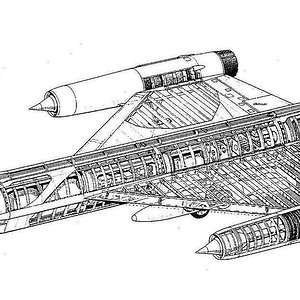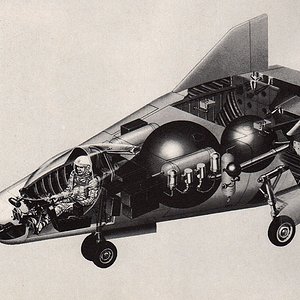Navigation
Install the app
How to install the app on iOS
Follow along with the video below to see how to install our site as a web app on your home screen.
Note: This feature may not be available in some browsers.
More options
You are using an out of date browser. It may not display this or other websites correctly.
You should upgrade or use an alternative browser.
You should upgrade or use an alternative browser.
Design and development
The XF4F-3 in 1939. It was written off in a fatal accident 16 December 1940.
Grumman fighter development began with the two-seat Grumman FF biplane. The FF was the first U.S. naval fighter with a retractable landing gear. The wheels retracted into the fuselage, leaving the tires visibly exposed, flush with sides of the fuselage. Two single-seat biplane designs followed, the F2F and F3F, which established the general fuselage outlines of what would become the F4F Wildcat. In 1935, while the F3F was still undergoing flight testing, Grumman started work on its next biplane fighter, the G-16. At the time, the U.S. Navy favored a monoplane design, the Brewster F2A-1, ordering production early in 1936. However, an order was also placed for Grumman's G-16 (given the navy designation XF4F-1) as a backup in case the Brewster monoplane proved to be unsatisfactory.[4][5]
It was clear to Grumman that the XF4F-1 would be inferior to the Brewster monoplane, so Grumman abandoned the XF4F-1, designing instead a new monoplane fighter, the XF4F-2.[4][6] The XF4F-2 would retain the same, fuselage-mounted, hand-cranked landing gear as the F3F, with its relatively narrow track. (The unusual landing gear design was originally created in the 1920s by Leroy Grumman for Grover Loening. It was on all of Grumman's fighter biplanes (from the FF-1 through the F3F) of the 1930s and on the J2F Duck amphibious flying boat as well.[7][N 1]) Landing accidents caused by failure of the gear to fully lock into place were distressingly common.[8]
An early F4F-3 at NACA Langley Research Center
The overall performance of Grumman's new monoplane was felt to be inferior to that of the Brewster Buffalo. The XF4F-2 was marginally faster, but the Buffalo was more maneuverable. It was judged superior and was chosen for production.[6] After losing out to Brewster, Grumman completely rebuilt the prototype as the XF4F-3 with new wings and tail and a supercharged version of the Pratt & Whitney R-1830 "Twin Wasp" radial engine.[6][9] Testing of the new XF4F-3 led to an order for F4F-3 production models, the first of which was completed in February 1940. France also ordered the type, powered by a Wright R-1820 "Cyclone 9" radial engine, but France fell to the Axis powers before they could be delivered and the aircraft went instead to the British Royal Navy, who christened the new fighter the "Martlet." The U.S. Navy officially adopted the aircraft type on 1 October 1941 as the "Wildcat." Both the Royal Navy's and U.S. Navy's F4F-3s, armed with four .50 in (12.7 mm) Browning machine guns, joined active units in 1940.[9]
On 16 December 1940, the XF4F-3 prototype, BuNo 0383, c/n 356, modified from XF4F-2, was lost under circumstances that suggested that the pilot may have been confused by the poor layout of fuel valves and flap controls and inadvertently turned the fuel valve to "off" immediately after takeoff rather than selecting flaps "up". This was the first fatality in the type.[10]
Main article: List of surviving Grumman F4F Wildcats
[edit] Specifications (F4F-3)
Data from The American Fighter [44]
General characteristics
Crew: 1
Length: 28 ft 9 in (8.76 m)
Wingspan: 38 ft (11.58 m)
Height: 11 ft 10 in (3.60 m)
Loaded weight: 7,000 lb (3,200 kg)
Powerplant: 1 × Pratt & Whitney R-1830-76 double-row radial engine, 1,200 hp (900 kW)
Performance
Maximum speed: 331 mph (531 km/h)
Range: 845 mi (1,360 km)
Service ceiling: 39,500 ft (12,000 m)
Rate of climb: 2,303 ft/min (11.7 m/s)
Armament
Guns: 4 × 0.50 in (12.7 mm) AN/M2 Browning machine guns with 450 rounds per gun
Bombs: 2 × 100 lb (45 kg) bombs and/or 2 × 58 gal (220 L) drop tanks
[edit] Specifications (F4F-4)
LCDR John Thach in his Grumman F4F-4 Wildcat with six kill markings, 1942
F4F-4 receives maintenance of its six .50cal AN/M2 Browning machine guns
Data from F4F-4 Airplane Characteristics & Performance[45]
General characteristics
Crew: 1
Length: 28 ft 9 in (8.8 m)
Wingspan: 38 ft 0 in (11.6 m)
Height: 9 ft 2.5 in (2.8 m)
Wing area: 260 ft² (24.2 m²)
Empty weight: 5,895 lb (2,674 kg)
Loaded weight: 7,975 lb (3,617 kg)
Max. takeoff weight: 8,762 lb (3,974 kg)
Powerplant: 1 × Pratt & Whitney R-1830-86 double-row radial engine, 1,200 hp (900 kW)
Performance
Maximum speed: 320 mph (290 kn, 515 km/h)
Range: 830 mi (721 nmi, 1,337 km)
Service ceiling: 34,000 ft (10,363 m)
Rate of climb: 2,200 ft/min @ normal power (11.17 m/s)
Wing loading: 30.7 lb/ft² (149.77 kg/m²)
Power/mass: 249 w/kg (0.15 hp/lb)
Armament
Guns: 6 × 0.50 in (12.7 mm) AN/M2 Browning machine guns,
The XF4F-3 in 1939. It was written off in a fatal accident 16 December 1940.
Grumman fighter development began with the two-seat Grumman FF biplane. The FF was the first U.S. naval fighter with a retractable landing gear. The wheels retracted into the fuselage, leaving the tires visibly exposed, flush with sides of the fuselage. Two single-seat biplane designs followed, the F2F and F3F, which established the general fuselage outlines of what would become the F4F Wildcat. In 1935, while the F3F was still undergoing flight testing, Grumman started work on its next biplane fighter, the G-16. At the time, the U.S. Navy favored a monoplane design, the Brewster F2A-1, ordering production early in 1936. However, an order was also placed for Grumman's G-16 (given the navy designation XF4F-1) as a backup in case the Brewster monoplane proved to be unsatisfactory.[4][5]
It was clear to Grumman that the XF4F-1 would be inferior to the Brewster monoplane, so Grumman abandoned the XF4F-1, designing instead a new monoplane fighter, the XF4F-2.[4][6] The XF4F-2 would retain the same, fuselage-mounted, hand-cranked landing gear as the F3F, with its relatively narrow track. (The unusual landing gear design was originally created in the 1920s by Leroy Grumman for Grover Loening. It was on all of Grumman's fighter biplanes (from the FF-1 through the F3F) of the 1930s and on the J2F Duck amphibious flying boat as well.[7][N 1]) Landing accidents caused by failure of the gear to fully lock into place were distressingly common.[8]
An early F4F-3 at NACA Langley Research Center
The overall performance of Grumman's new monoplane was felt to be inferior to that of the Brewster Buffalo. The XF4F-2 was marginally faster, but the Buffalo was more maneuverable. It was judged superior and was chosen for production.[6] After losing out to Brewster, Grumman completely rebuilt the prototype as the XF4F-3 with new wings and tail and a supercharged version of the Pratt & Whitney R-1830 "Twin Wasp" radial engine.[6][9] Testing of the new XF4F-3 led to an order for F4F-3 production models, the first of which was completed in February 1940. France also ordered the type, powered by a Wright R-1820 "Cyclone 9" radial engine, but France fell to the Axis powers before they could be delivered and the aircraft went instead to the British Royal Navy, who christened the new fighter the "Martlet." The U.S. Navy officially adopted the aircraft type on 1 October 1941 as the "Wildcat." Both the Royal Navy's and U.S. Navy's F4F-3s, armed with four .50 in (12.7 mm) Browning machine guns, joined active units in 1940.[9]
On 16 December 1940, the XF4F-3 prototype, BuNo 0383, c/n 356, modified from XF4F-2, was lost under circumstances that suggested that the pilot may have been confused by the poor layout of fuel valves and flap controls and inadvertently turned the fuel valve to "off" immediately after takeoff rather than selecting flaps "up". This was the first fatality in the type.[10]
Main article: List of surviving Grumman F4F Wildcats
[edit] Specifications (F4F-3)
Data from The American Fighter [44]
General characteristics
Crew: 1
Length: 28 ft 9 in (8.76 m)
Wingspan: 38 ft (11.58 m)
Height: 11 ft 10 in (3.60 m)
Loaded weight: 7,000 lb (3,200 kg)
Powerplant: 1 × Pratt & Whitney R-1830-76 double-row radial engine, 1,200 hp (900 kW)
Performance
Maximum speed: 331 mph (531 km/h)
Range: 845 mi (1,360 km)
Service ceiling: 39,500 ft (12,000 m)
Rate of climb: 2,303 ft/min (11.7 m/s)
Armament
Guns: 4 × 0.50 in (12.7 mm) AN/M2 Browning machine guns with 450 rounds per gun
Bombs: 2 × 100 lb (45 kg) bombs and/or 2 × 58 gal (220 L) drop tanks
[edit] Specifications (F4F-4)
LCDR John Thach in his Grumman F4F-4 Wildcat with six kill markings, 1942
F4F-4 receives maintenance of its six .50cal AN/M2 Browning machine guns
Data from F4F-4 Airplane Characteristics & Performance[45]
General characteristics
Crew: 1
Length: 28 ft 9 in (8.8 m)
Wingspan: 38 ft 0 in (11.6 m)
Height: 9 ft 2.5 in (2.8 m)
Wing area: 260 ft² (24.2 m²)
Empty weight: 5,895 lb (2,674 kg)
Loaded weight: 7,975 lb (3,617 kg)
Max. takeoff weight: 8,762 lb (3,974 kg)
Powerplant: 1 × Pratt & Whitney R-1830-86 double-row radial engine, 1,200 hp (900 kW)
Performance
Maximum speed: 320 mph (290 kn, 515 km/h)
Range: 830 mi (721 nmi, 1,337 km)
Service ceiling: 34,000 ft (10,363 m)
Rate of climb: 2,200 ft/min @ normal power (11.17 m/s)
Wing loading: 30.7 lb/ft² (149.77 kg/m²)
Power/mass: 249 w/kg (0.15 hp/lb)
Armament
Guns: 6 × 0.50 in (12.7 mm) AN/M2 Browning machine guns,

